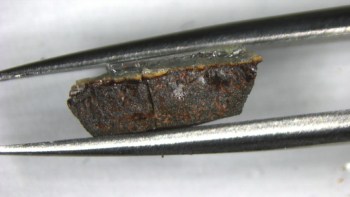Many high-temperature superconductors are plagued by magnetic vortices that produce resistance as they move through the material. Now Akira Tonomura of Hitachi's Advanced Research Laboratory and co-workers have confirmed for the first time that certain crystal defects can trap - or 'pin' - these vortices to keep them still. These imperfections could now deliberately be added to superconductors to improve their performance (A Tonomura et al 2001 Nature 412 620).
Physicists have long suspected that column-shaped defects attract magnetic vortices – thin tubes of magnetic flux that can penetrate some superconductors. Previous attempts to study these vortices measured their effect on electrons fired through the superconductor by an electron microscope. But existing electron microscopes were only powerful enough to penetrate very thin samples, and gave little information about the positions of the vortices.
Tonomura and colleagues used a similar technique, but built a one-megavolt electron microscope capable of penetrating a superconductor sample to twice the depth of existing devices. They bombarded a crystal of bismuth-2212 with an angled beam of high-energy argon ions to create column-shaped defects at an angle of 70 degrees to the crystal normal. Bismuth-2212 has a superconducting transition temperature of 85 kelvin.
A magnetic field was applied to create vortices inside the sample, and the powerful electron microscope was switched on. The electrons entered the crystal in the direction of the normal, that is, at an angle to the defects. Tonomura and colleagues then studied the pattern of the electron beam exiting the sample, which revealed the positions and orientations of the vortices by their projected shapes. These so-called Lorentz images showed that between 19 kelvin and the transition temperature, the individual vortices coincided with the column-shaped defects – irrespective of the magnetic field direction.
Below 12 kelvin, however, the vortices did not line up with the defects. Tonomura and colleagues believe that a different pinning mechanism could be responsible for this effect.
“This is the first direct observation of vortex pinning by columnar defects”, team member Ken Harada told PhysicsWeb. Although the team set out to achieve this result, they are still excited by their findings. “Our results show that superconducting magnets with high critical currents can be manufactured by using these defects”, says Harada.
Most superconductors expel all magnetic flux from their interiors – this is known as the Meissner effect and is often considered to be the acid test of superconductivity.



